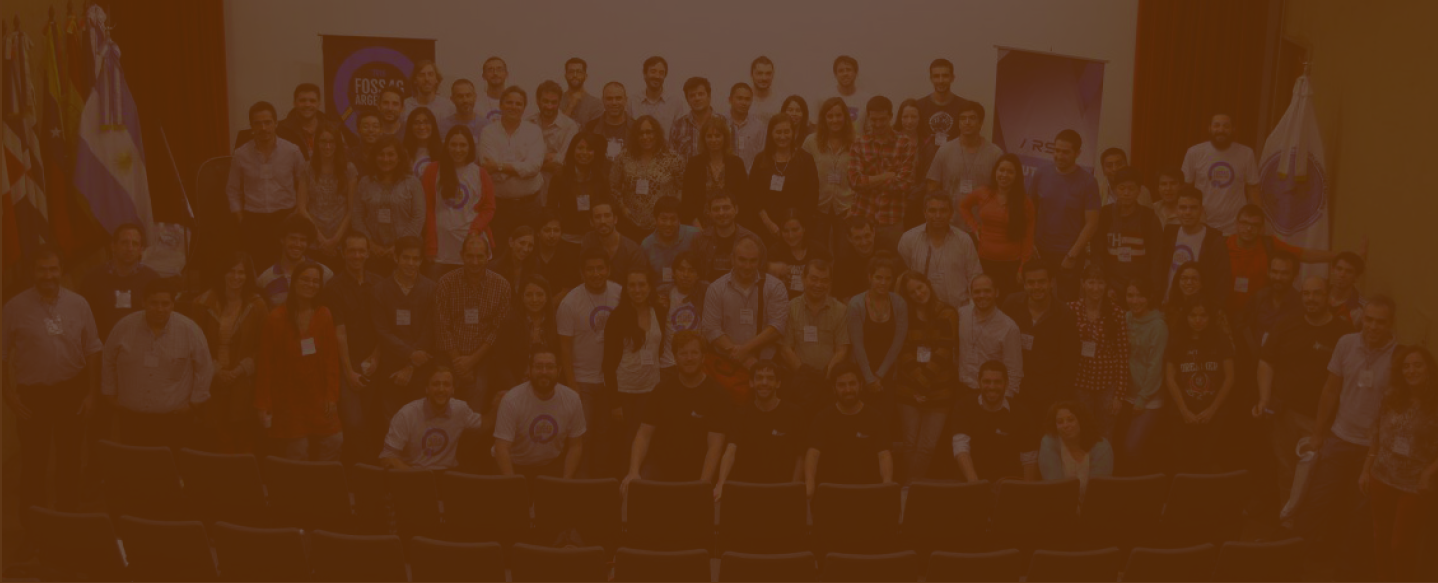2021-09-30, 14:00–14:30, Humahuaca
Visual Field is essentially a single HTML file - with some internal links to various CDN CSS and Javascript component resources. Visual Field can be loaded as a web accessible resource, offline web resource, installed as a PWA, or as a stand alone file. It's an Open Source Application that builds upon other Open Source components and allows you to import, process and visualize your data, or other remote CORS enabled datasets. It has a potential broad audience and broad set of use cases. Visual Field isn't about solving all GIS problems but it is about empowering both the end users and designers of your data driven visualizations and workflows alike. This presentation will briefly introduce the capabilities of Visual Field, run a quick demonstration, and then lead in to a general discussion on what you can do going forward should a standards based, text and spatially enabled, SQL engine become available in the browser. My name is Harris Hudson and I am the author of Visual Field. There is both a lot of set precedence and also a lot of continuing ongoing change in the web ecosystem - and should the WebSQL database (which is at the very core of Visual Field) still have broad browser support come September 2021 - I would be delighted to present in FOSS4G 2021 BA. Whether you are technical or non-technical, I hope you might find this presentation useful in some way.
In late 2019 I developed the Visual Field Open Source Application https://visualfield.org. And I have been maintaining this project since then with some subsequent versions released in 2020/21. Visual Field can be loaded as a web accessible resource, offline web resource, a PWA, or as a stand alone file. Visual Field is not strictly a FOSS4G application but a lot of its usefulness is GIS related. Visual Field is about empowering both the end users and designers of your data driven visualizations and workflows. At the core of Visual Field is the WebSQL database. WebSQL is a fantastic client side true sever-less relational database but WebSQL does have some limitations however. It's perhaps somewhat unfortunate that W3 standard's support for WebSQL has stalled and no standards based alternative SQL engine is currently available in browsers at this point in time. With a huge resource of public CORS enabled CSV format open datasets now available - that lend themselves to relational data processing - and that a lot of application processing is now moving to the edge or even to offline processing - I believe the time for a fully fledged browser based SQL database engine is perhaps long overdue. If WebSQL will ultimately be removed from mainstream browsers - it would be great to see it replaced with a robust standards based SQL engine that is also both text and spatial enabled. I would be delighted to be able to give a talk about Visual Field Open Application that I have developed in the 2021 FOSS4G BA meetup. I would like to briefly discuss the capabilities of Visual Field and how you might find it useful for your use-cases but rather than an in-depth show-and-tell about Visual Field, I would like to perhaps discuss where I see something like this going from here. If you are a web developer, GIS developer, business analyst, data scientist, infrastructure asset manager, teacher or student - you might find Visual Field of use. If you are a browser developer - I would also be keen to talk to you about where I see a real need for a standards based, text and spatial enabled, SQL engine built right in to the browser - and I believe I can use Visual Field to demonstrate this to back my argument. As long as WebSQL remains supported in mainstream browsers at the time of FOSS4G BA 2021 - I would be most happy to give a short talk and present the Open Source application I authored - Visual Field.
Harris Hudson
Requirements for the Attendees –Main Resource, and download link; https://visualfield.org
Repository; https://github.com/harrishudson/VisualField
No specific skill set is required for this presentation - although a basic understanding of how the web works, and perhaps a little understanding of SQL would be useful. Technical audience members are encouraged to perhaps examine the examples and video tutorials on the Main Resource link above if they have the time.
Track –Open data
Topic –Data visualization: spatial analysis, manipulation and visualization
Level –2 - Basic. General basic knowledge is required.
Language of the Presentation –English
I am a 30 year semi retired IT professional. You will generally find me in sunny Canberra Australia but I also spend time in Northern California USA – well, before Covid anyway.

